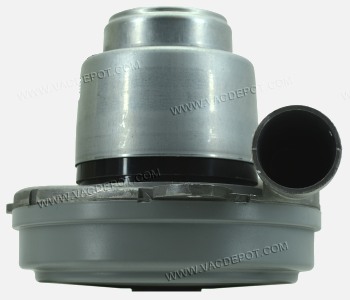 It is the middle of summer and in south Texas it is hot! The temperature outside does not impact the operation of a homes central vacuum system, but cooling is very important. Cooling has a big impact on how well vacuum motors perform and how long they will last. Two motor designs are used most often in central vacuum systems and the primary difference of them is how they are cooled. The traditional central vacuum motor design is called bypass, and employs two fan systems – one to work and one to cool. The working air bypasses the motor, hence the name, and the cooling fan uses other (cooler) air to keep the motor cool. The other motor system is called thru-flow, which uses one fan system to both work and cool the motor hopefully after the airflow has been filtered. Thru-flow motors use the working air to flow over the motor, hence the name, and carry away the built up heat. There can be other differences between the two designs but cooling is most important.
It is the middle of summer and in south Texas it is hot! The temperature outside does not impact the operation of a homes central vacuum system, but cooling is very important. Cooling has a big impact on how well vacuum motors perform and how long they will last. Two motor designs are used most often in central vacuum systems and the primary difference of them is how they are cooled. The traditional central vacuum motor design is called bypass, and employs two fan systems – one to work and one to cool. The working air bypasses the motor, hence the name, and the cooling fan uses other (cooler) air to keep the motor cool. The other motor system is called thru-flow, which uses one fan system to both work and cool the motor hopefully after the airflow has been filtered. Thru-flow motors use the working air to flow over the motor, hence the name, and carry away the built up heat. There can be other differences between the two designs but cooling is most important.
Bypass motors are always cooling themselves at the same level anytime they are running and are not affected by other parts in the vacuum system, maintenance requirements or the vacuum user. On the other hand a thru-flow motors cooling efficiency is affected by nearly every part of a complete vacuum cleaning system and also by how the vacuum system is used and maintained. Thru-flow cooling is affected by filter performance, debris particle size, length of PVC tubing, degree & number of elbows in the tube system and the composition, design and length of the vacuum hose, and perhaps most importantly the orifice of the cleaning tool being used. Continue reading

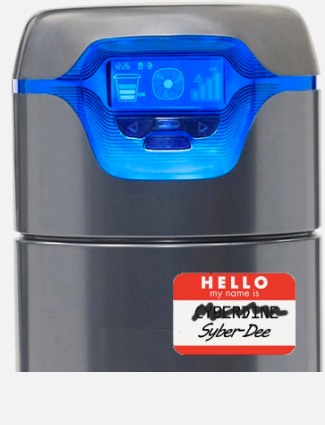
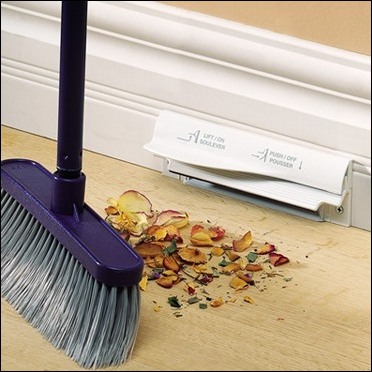
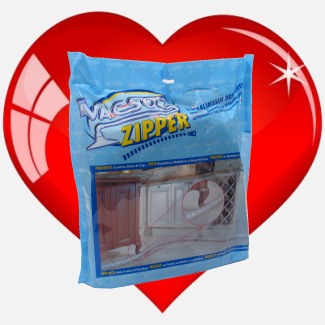
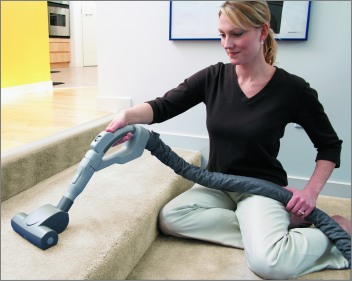
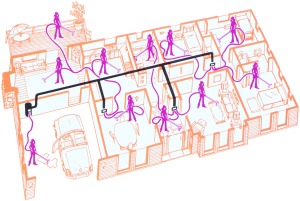 f the portable vacuum’s hose, the modern day CV hose assembly is designed for the unique task of central cleaning. Inlet valves too have progressed from dumb wall plates to automatic connections with integrated wiring and leak proof doors.
f the portable vacuum’s hose, the modern day CV hose assembly is designed for the unique task of central cleaning. Inlet valves too have progressed from dumb wall plates to automatic connections with integrated wiring and leak proof doors.